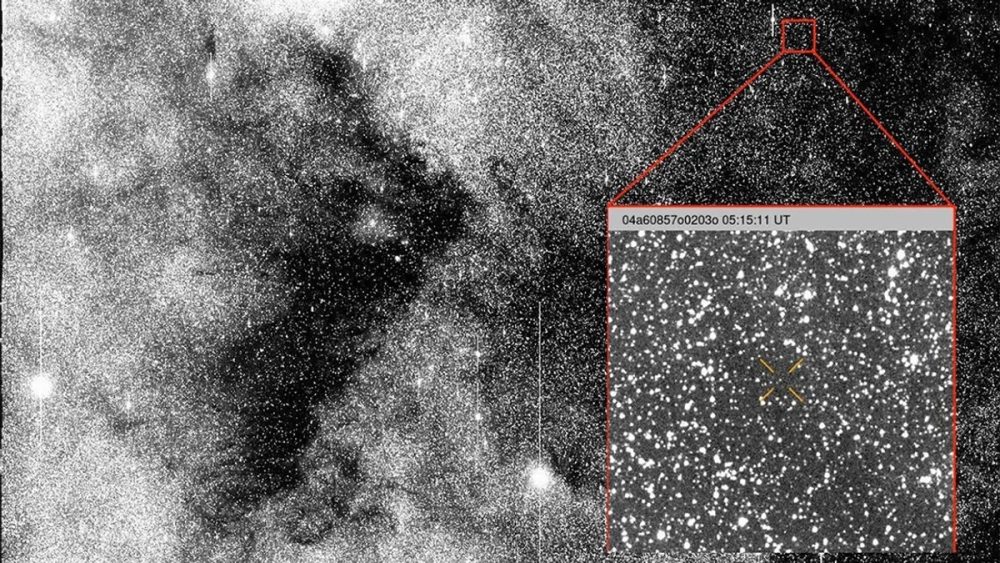Astronomers are piecing together the origin of the third interstellar object ever detected, the comet 3I/ATLAS, and early evidence suggests it could be a relic from the early universe. New research into its trajectory indicates it may have been traveling through the Milky Way for billions of years, potentially making it one of the oldest objects ever studied.
A Unique and Speedy Visitor
Discovered in late June 2025 and confirmed by NASA in early July, 3I/ATLAS is a sizable interstellar comet. With estimates placing its nucleus between 3 and 7 miles (4.8 to 11.2 kilometers) wide, it is the largest such object observed to date. It is also moving at a record speed of about 130,000 miles per hour (210,000 km/h) for an interstellar visitor.
The comet is currently passing through our inner solar system. After a close approach to Mars on October 3rd, it is set to make its closest pass by the Sun on October 30th, according to NASA. It will then depart, passing Jupiter in March 2026 and returning to interstellar space. The comet poses no threat to Earth.
Tracing a Path to an Unknown Origin
Determining the origin of 3I/ATLAS is a significant challenge. A new study, published on the preprint server arXiv and led by astrophysics postgraduate student Xabier Pérez-Couto from Spain’s University of A Coruña, attempted to trace the comet’s path back through time.
Using precise data from the European Space Agency’s Gaia space telescope, the team simulated the comet’s trajectory back 4.27 million years. They analyzed 13 million stars to identify close encounters that could have altered its course or hinted at its point of origin.
The results were striking. The researchers identified 62 stars that the comet had passed relatively near, but none had significantly perturbed its orbit. “We have found that none of the stars in the solar neighborhood can explain the trajectory and high velocity of 3I/ATLAS,” Pérez-Couto stated.
A Potential Relic from the Thick Disk
This lack of recent stellar interactions led the team to a compelling conclusion: 3I/ATLAS is likely an ancient object that has been traveling for billions of years. They postulate its origin belongs to the border region between the galaxy’s thin and thick disks.
Spiral galaxies, such as the Milky Way, are structured with a thin disk containing younger, metal-rich stars, and a surrounding thick disk that hosts much older, metal-poor stars formed early in the galaxy’s history.
If 3I/ATLAS originated from this frontier, it could be incredibly ancient, potentially around 10 billion years old, more than double the age of our Sun. According to the researchers, the comet was likely “ejected from the primordial disk of an early-formed planetary system.” This would make it a pristine, frozen record of the conditions and materials present in one of the galaxy’s first planetary systems.
The Limits of Knowledge and the Path Forward
The study acknowledges its limitations, as it only accounts for the last few million years of the comet’s long journey. Its exact origin remains officially undisclosed.
However, 3I/ATLAS continues to offer a unique opportunity. As it journeys through our solar system, instruments on Earth, in orbit, and on Mars will have the chance to analyze its composition. Unraveling the chemistry of this interstellar visitor will provide essential clues to its cosmic birthplace and open a rare window into the formative years of our galaxy.


